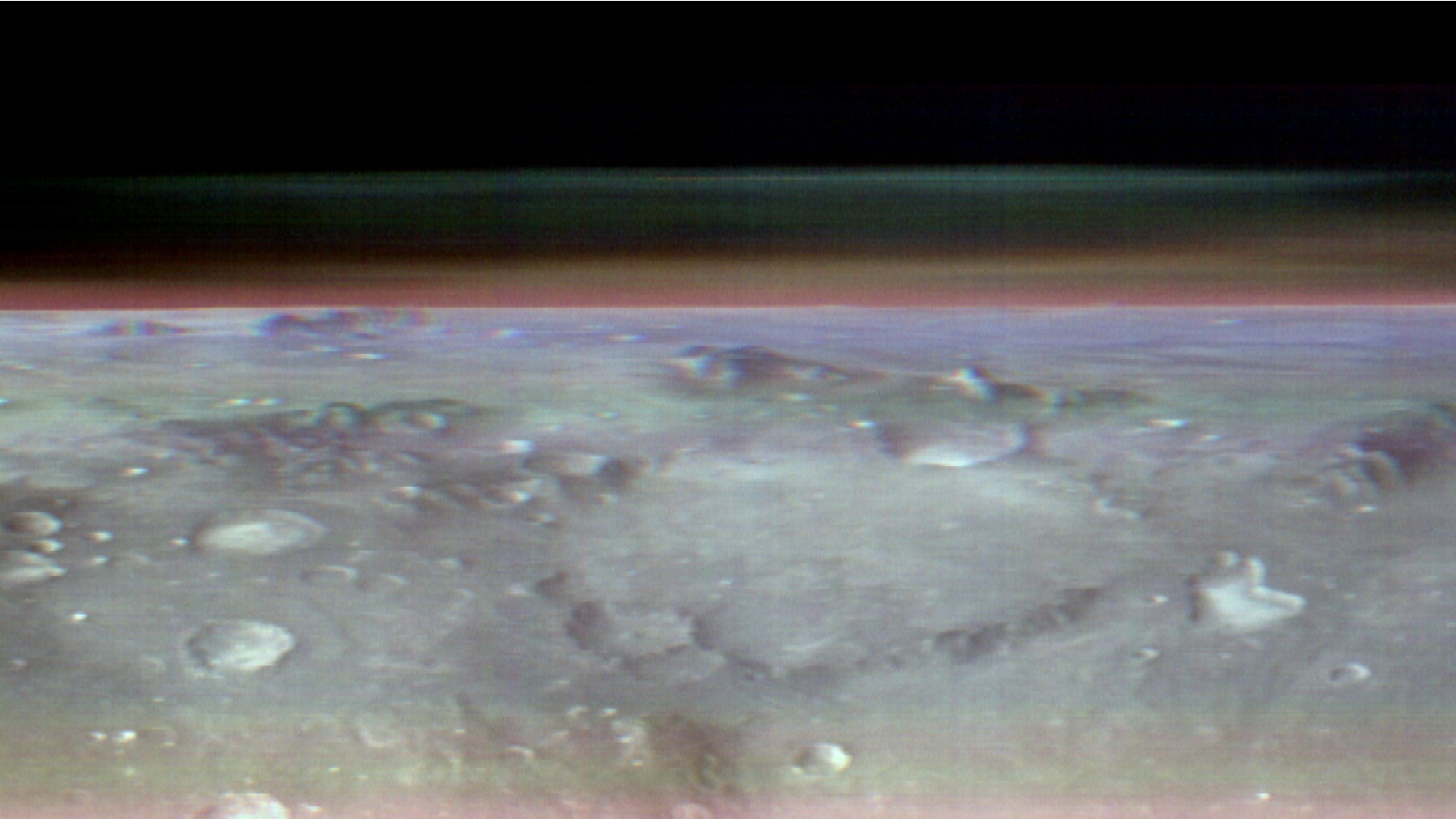Mars news, features and articles
Latest about Mars

Mars-bound astronauts will face incredible stress. Here's how we can prepare them to make history.
By Nick Kanas published
Traveling to Mars will involve close quarters for more than two years. Here's how astronauts can deal with the stress of those conditions.
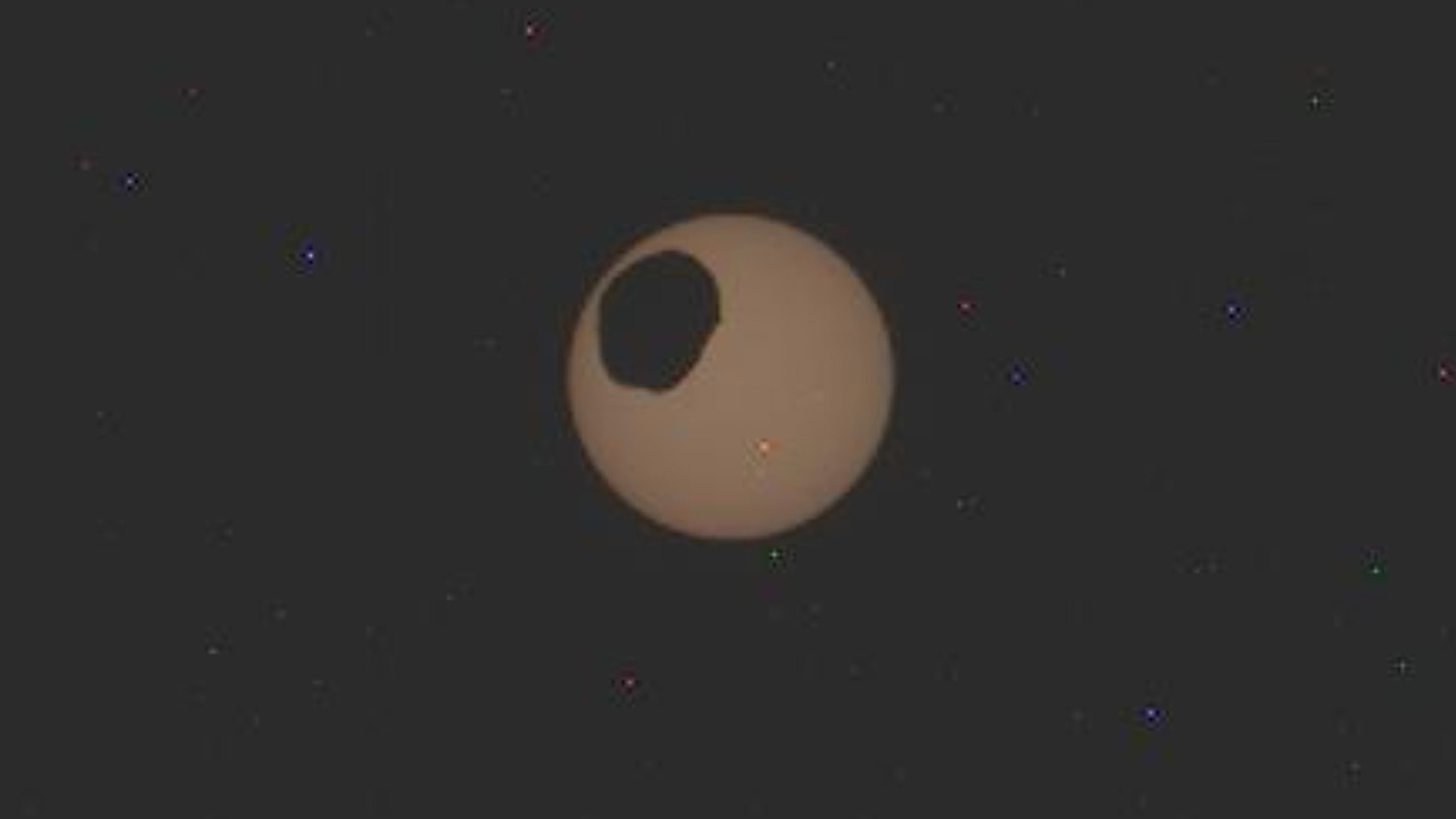
NASA releases otherworldly footage of solar eclipse on Mars
By Elizabeth Howell published
Last week, the Martian moon Phobos passed neatly between Mars and the sun. NASA's Perseverance rover caught the fortuitous eclipse on camera.
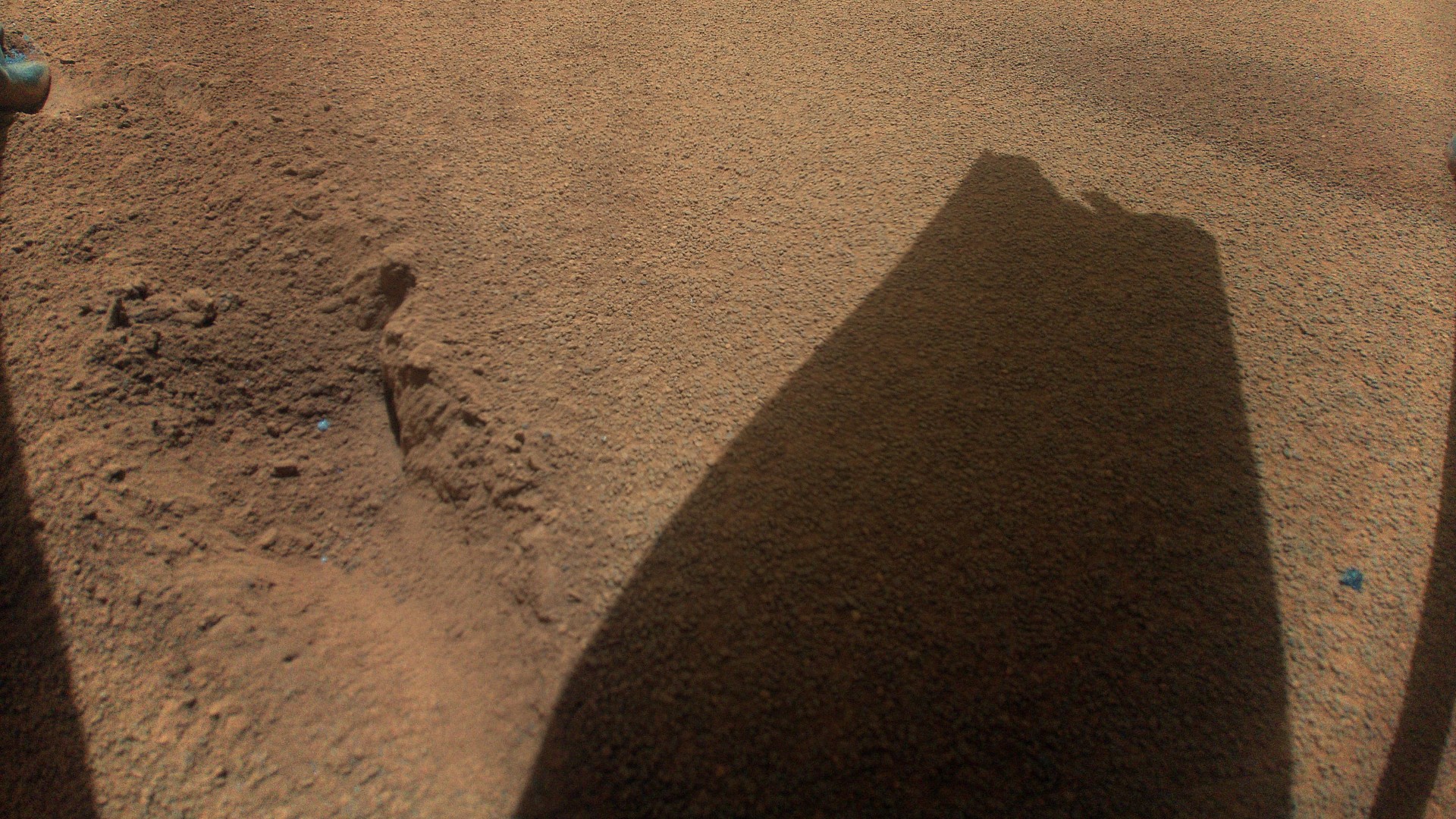
Ingenuity helicopter's final images reveal fatal rotor damage that brought it down on Mars
By Brandon Specktor published
The latest photos from NASA's immobile Ingenuity Mars helicopter reveal the extent of the rotor blade damage it sustained on its fateful 72nd flight.
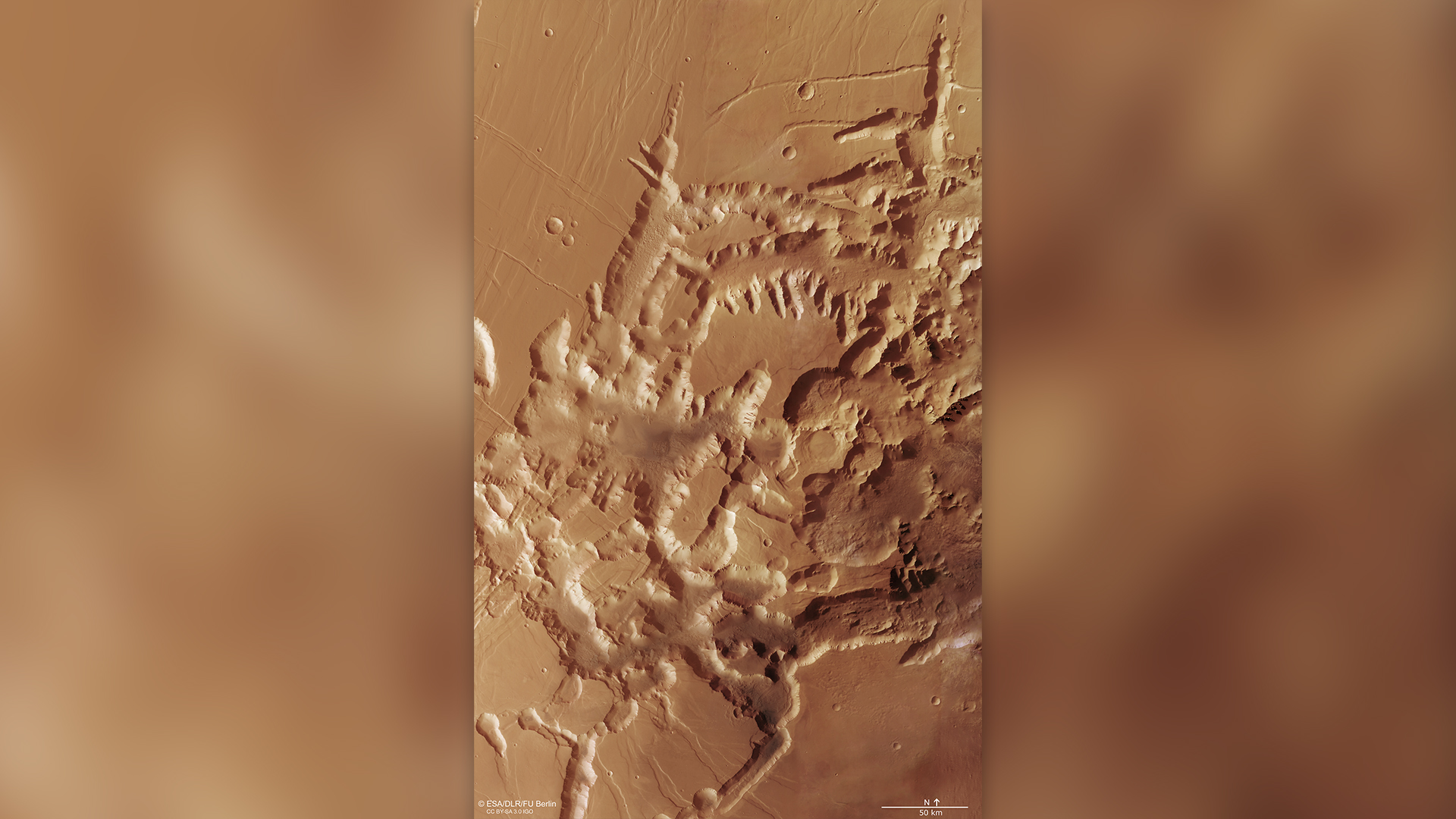
Space photo of the week: Ancient 'labyrinth of night' on Mars, one of the biggest mazes in the solar system
By Jamie Carter published
Take a trip through the maze-like valleys and canyons of a unique place in the solar system: Mars' 'labyrinth of night.'
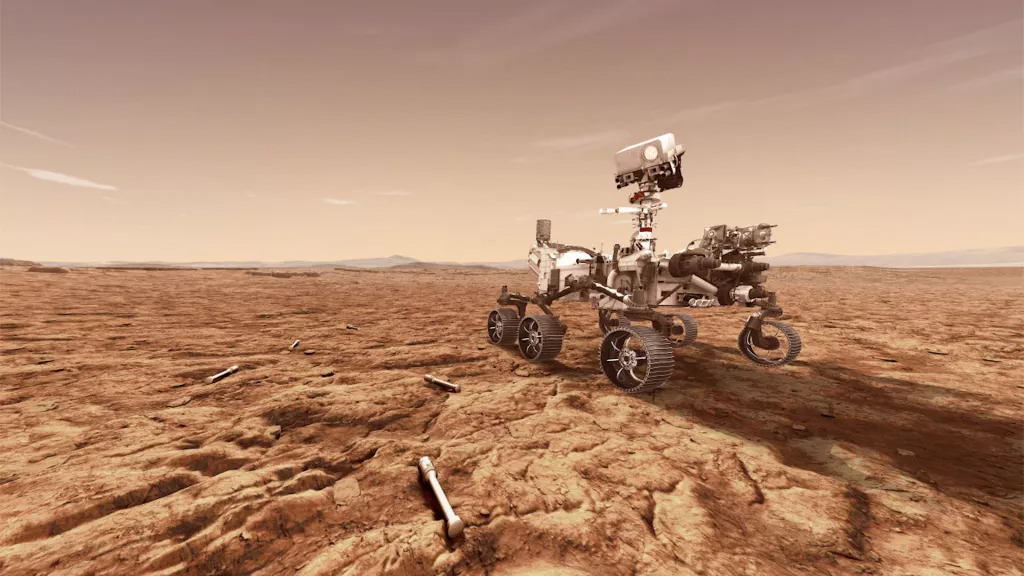
NASA's Perseverance rover may already have found signs of life on Mars, discovery of ancient lake sediments reveals
By Ben Turner published
The discovery of an ancient lake bed beneath the Perseverance rover's location on Mars could mean the robotic scout has already scraped up microbial fossils. But we won't know for sure until we fetch the sample.
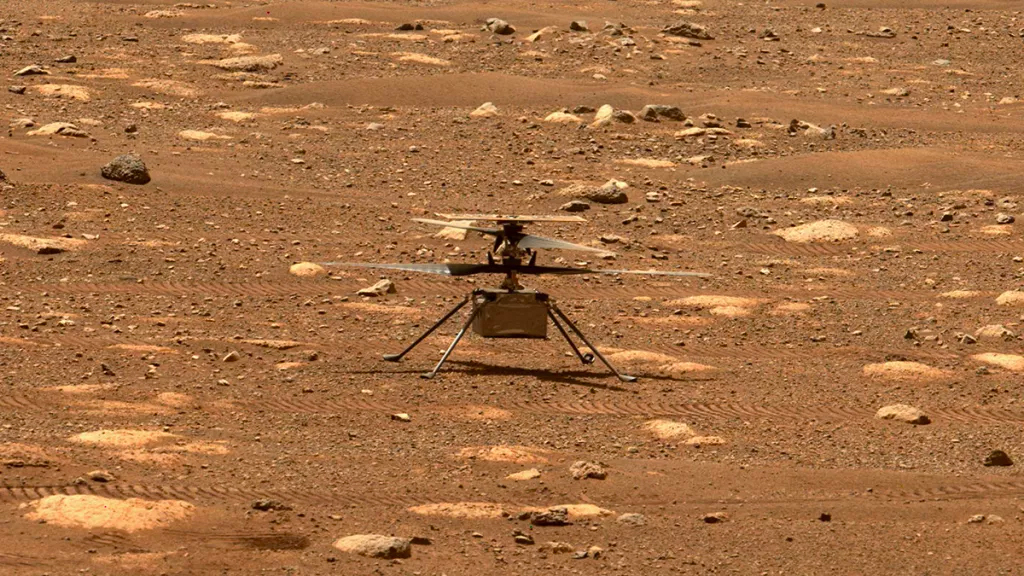
NASA's historic Ingenuity helicopter ends its 3-year Mars mission, suffering rotor damage on 72nd flight
By Brandon Specktor published
NASA's Ingeunity helicopter has finally ended its three-year mission on Mars after sustaining irreparable rotor damage on its 72nd flight over the Red Planet. It was only designed to fly five times.
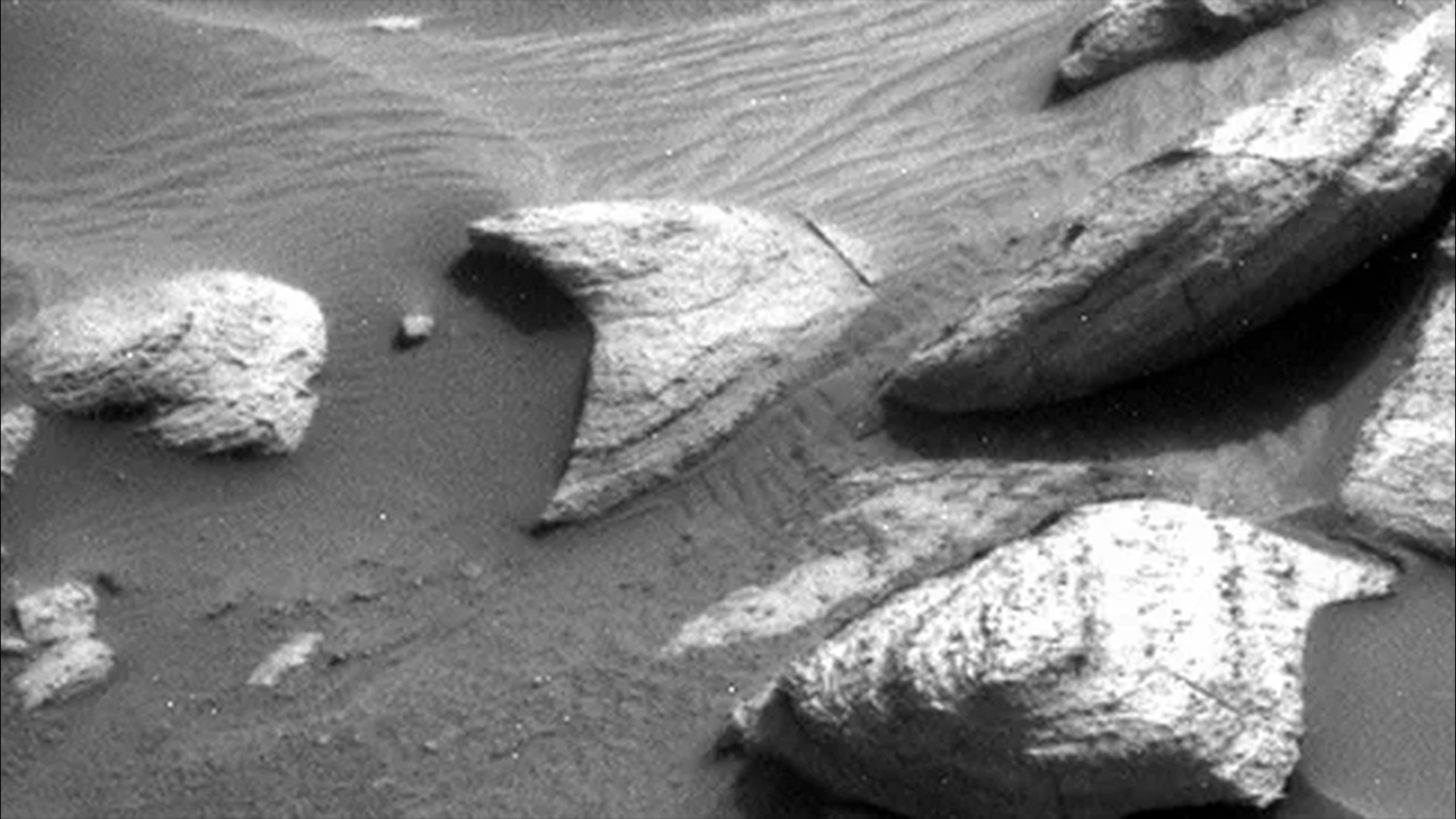
NASA's Curiosity rover snaps iconic 'Star Trek' symbol on Mars, thrilling scientists
By Elizabeth Howell published
NASA's Curiosity rover spotted a rock formation on Mars that looks just like Star Trek's signature Starfleet symbol.
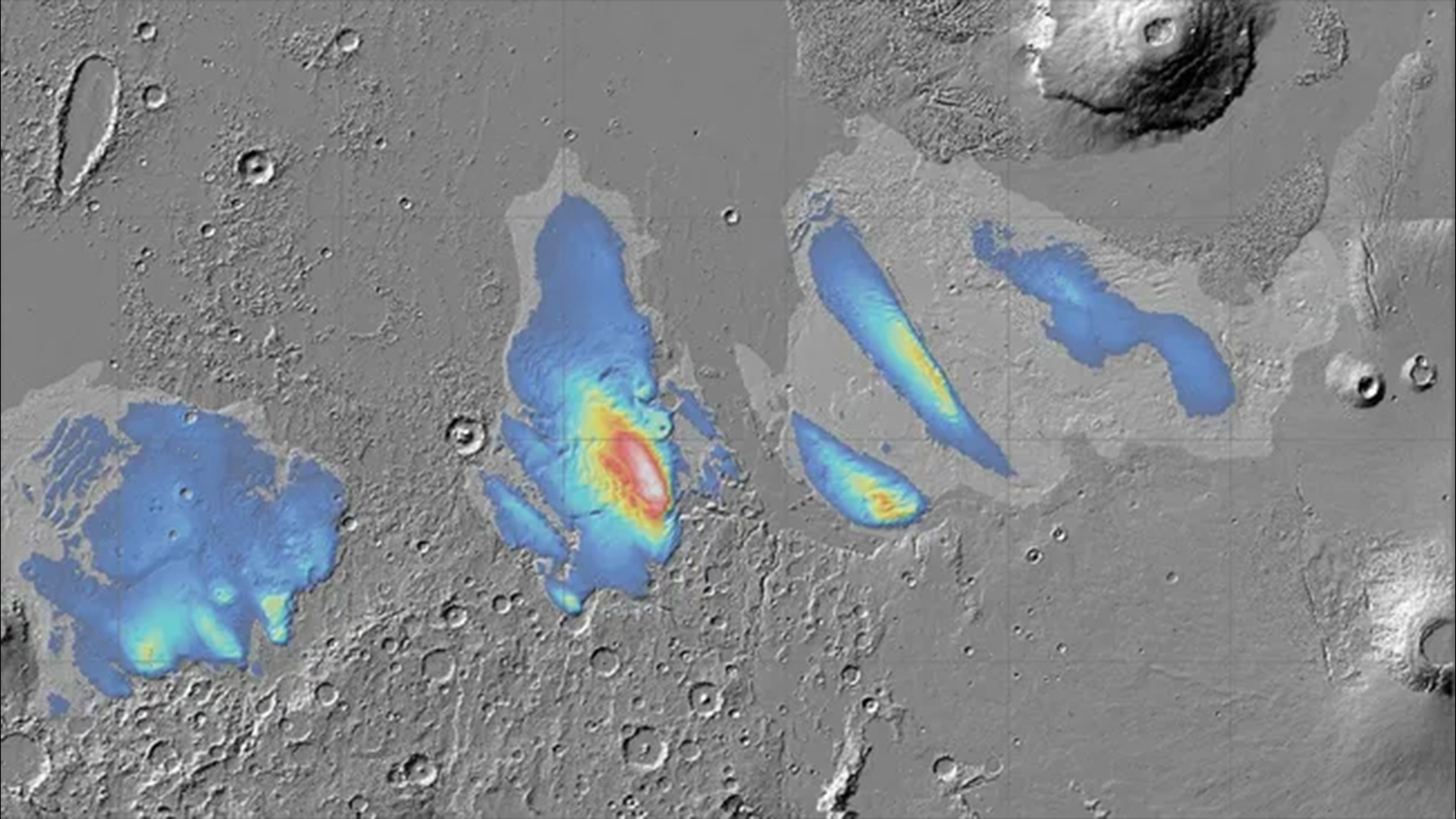
2-mile-thick layer of frozen water found buried at Mars' equator
By Keith Cooper published
The Mars Express orbiter has detected enough water ice buried beneath the Red Planet's equator to cover the entire planet in a shallow ocean if melted.
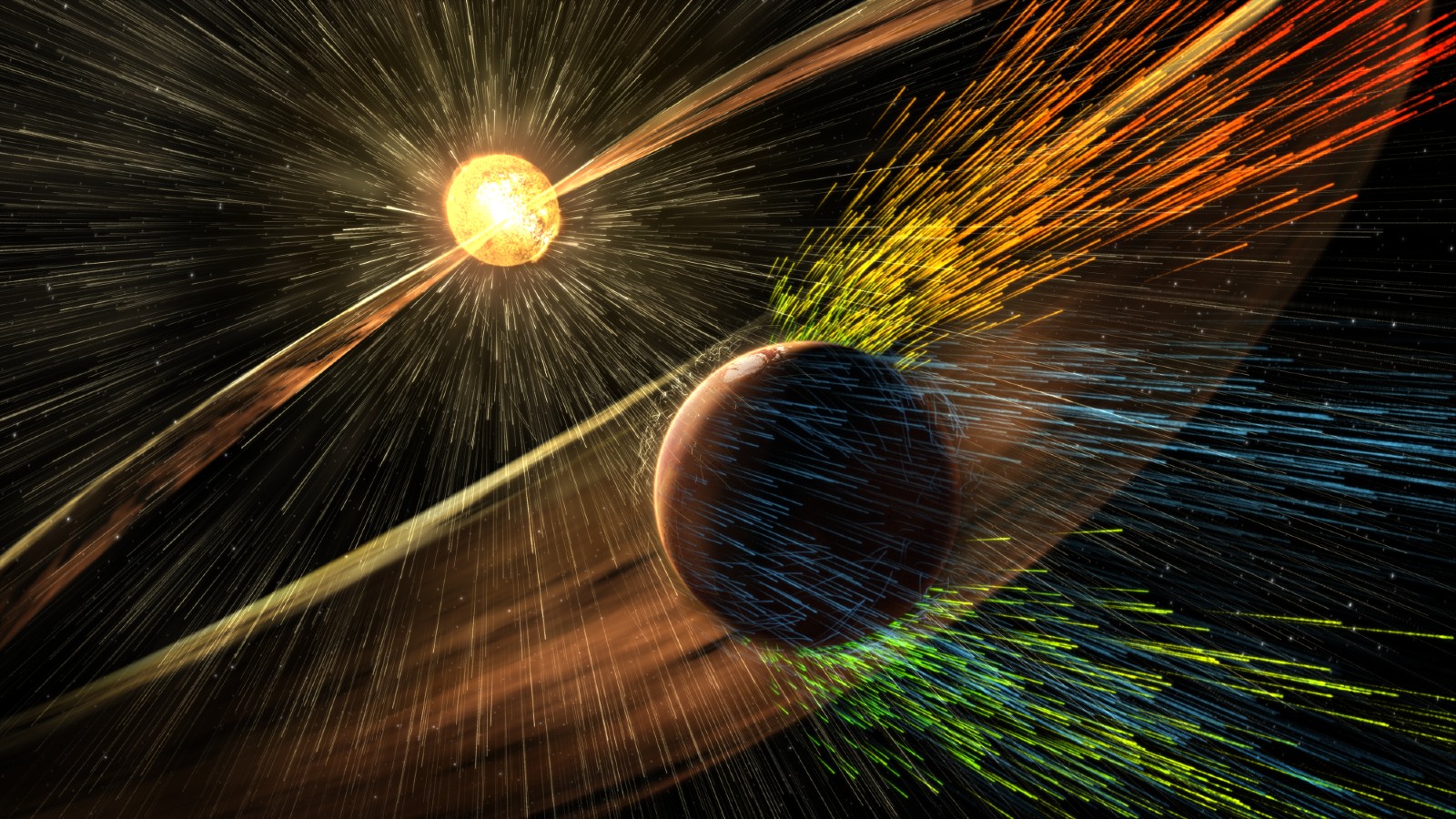
'Almost unbelievable': Rare void from the sun briefly blew up Mars' atmosphere last year, and it could happen to Earth too
By Harry Baker published
On Dec. 26, 2022, NASA's MAVEN Orbiter witnessed Mars' magnetic shield and atmosphere drastically "balloon" outward by thousands of miles. The sudden expansion was triggered by a rare gap in solar wind.
Get the world’s most fascinating discoveries delivered straight to your inbox.
